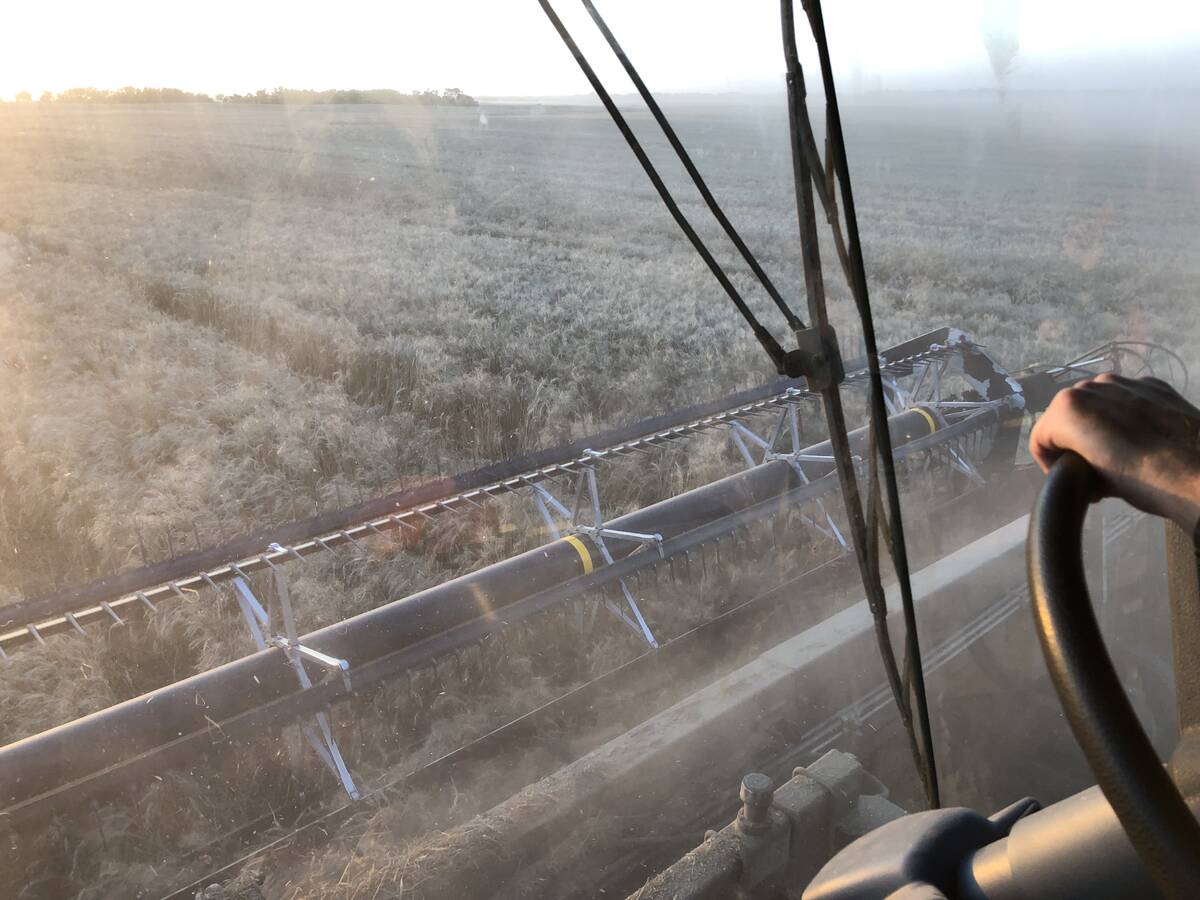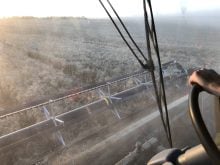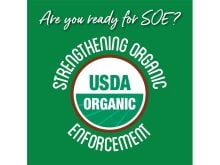Major agricultural mergers and acquisitions around the world show that giant corporations see opportunities in food production.
The world’s largest mining company, BHP Billiton, has launched a $39 billion hostile takeover bid for Potash Corp. of Saskatchewan, the world’s largest fertilizer company.
Calgary-based fertilizer maker and farm input retailer Agrium has bid $1.1 billion to buy AWB, the former Australia Wheat Board, hoping its farm service retail division could be its launching pad for expansion through Asia.
Russian tycoon Suleiman Kerimov is working on a multibillion dollar bid to put together that country’s two largest potash producers to create a new world leader for the nutrient.
Read Also

Mail strike disrupts grain sample delivery
The Canadian Grain Commission has asked farmers to consider delivering harvest samples directly to CGC offices, services centres or approved drop offs as Canada Post strike delays mail.
Earlier this year, Brazilian mining giant Vale spent $4.7 billion buying fertilizer holdings from Bunge.
Viterra last week completed a $90.5 million deal buying 21st Century Grain Processing, which has oats, wheat and corn processing operations in the United States. That purchase came hot on the heels of buying Dakota Growers Pasta in May and Viterra’s $1.4 billion purchase of ABB Grain in Australia in 2009.
Closer to home, farm equipment dealers are consolidating and some owners now control more than 20 outlets. Big corporations are swallowing local fertilizer dealerships.
All these investments are driven by forecasts that global food demand will double by 2050, fuelled by population growth to about nine billion from 6.9 billion today, and rising incomes in China, India and elsewhere that will drive demand for meat and the grain needed to feed livestock.
There is money to be made supplying this growing food demand and the biggest agricultural corporations are positioning to get a bigger share.
Farmers also want a share and, as always, their profits depend on how large input costs are in relation to revenue. They are all too familiar with cost-price squeezes that make food production unprofitable and unsustainable.
Consolidations always raise worries about competition for farmers’ business.
Farmers are the minnows in the world of agribusiness. They are largely price takers when it comes to inputs and they have little control over the price of the commodities they sell.
Many farmers become concerned when consolidation reduces competition and increases the discrepancy in size between themselves and the companies with which they do business.
Consolidation in an industry can make it more efficient, for example by reducing administration costs per unit of production. But how much of those savings go to shareholders and how much to farmer customers?
Except in extraordinary cases, the companies that make farm inputs, handle grain, slaughter and process livestock make profits every year.
In many years, Canadian farmers post losses. If it were not for government program payments, the losses would be even larger and more common.
At the Canadian Federation of Agriculture semi-annual meeting last month in Halifax, there was a session on “forging links along the value chain.”
The idea of value chains is that farmers and businesses – suppliers, processors retailers – collaborate in producing products that meet consumer demands.
Farmers at the CFA meeting wondered where farmer profitability fits into the value chain vision. Some questioned whether all links in the chain share risk equally.
Farmers are small but critical links in the chain of food production. Everyone in the chain, from consumer to processor to government, should work to ensure farms are profitable.
Otherwise, if that link fails, the whole food chain could collapse.
Bruce Dyck, Terry Fries, Barb Glen and D’Arce McMillan collaborate in the writing of Western Producer editorials.
















